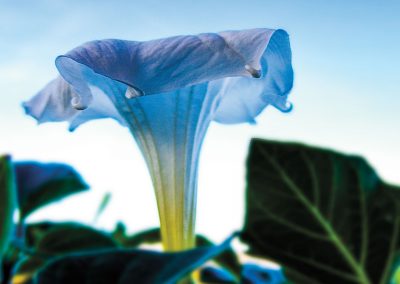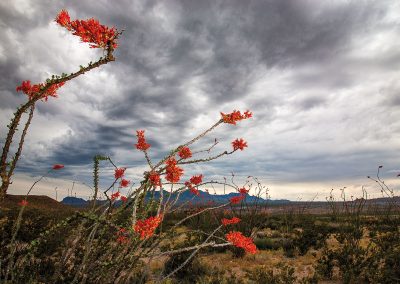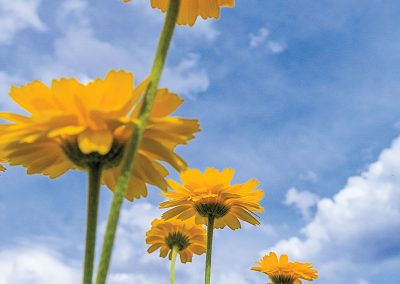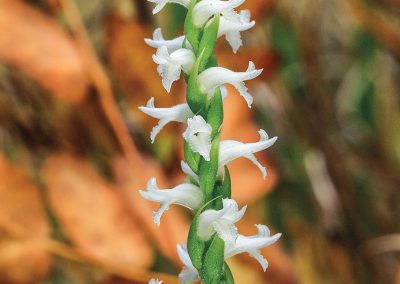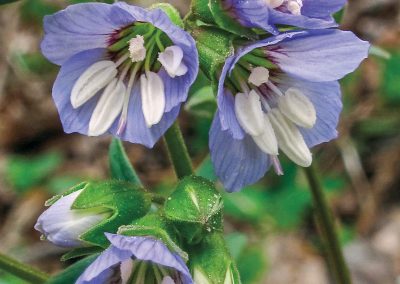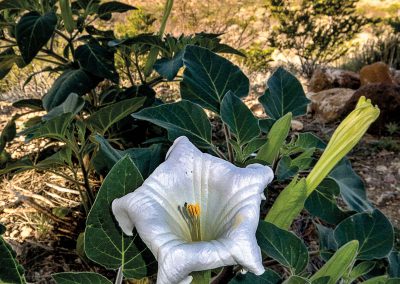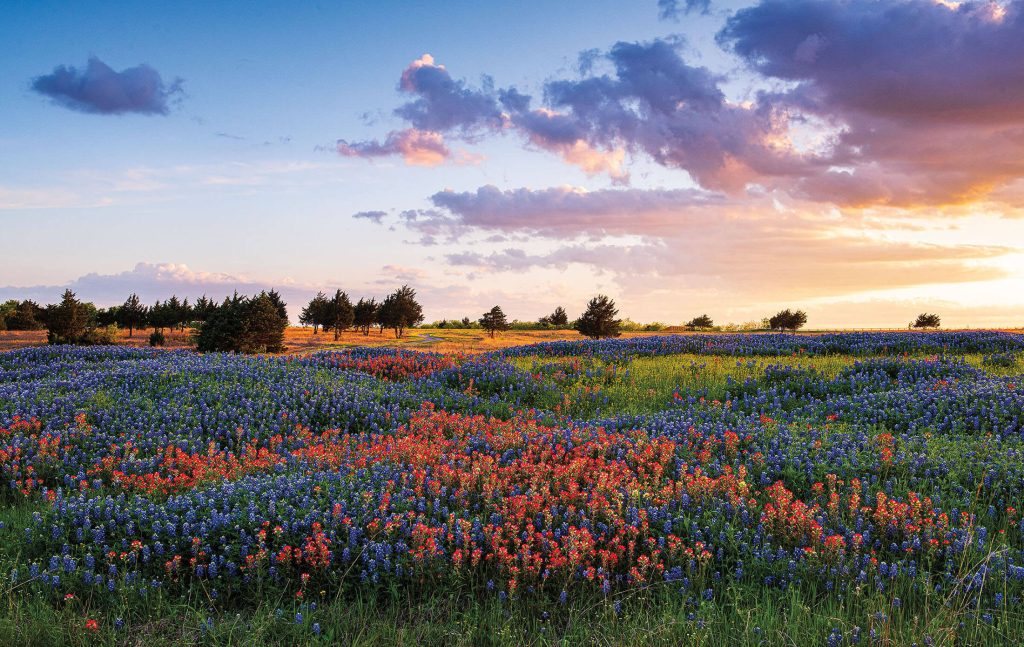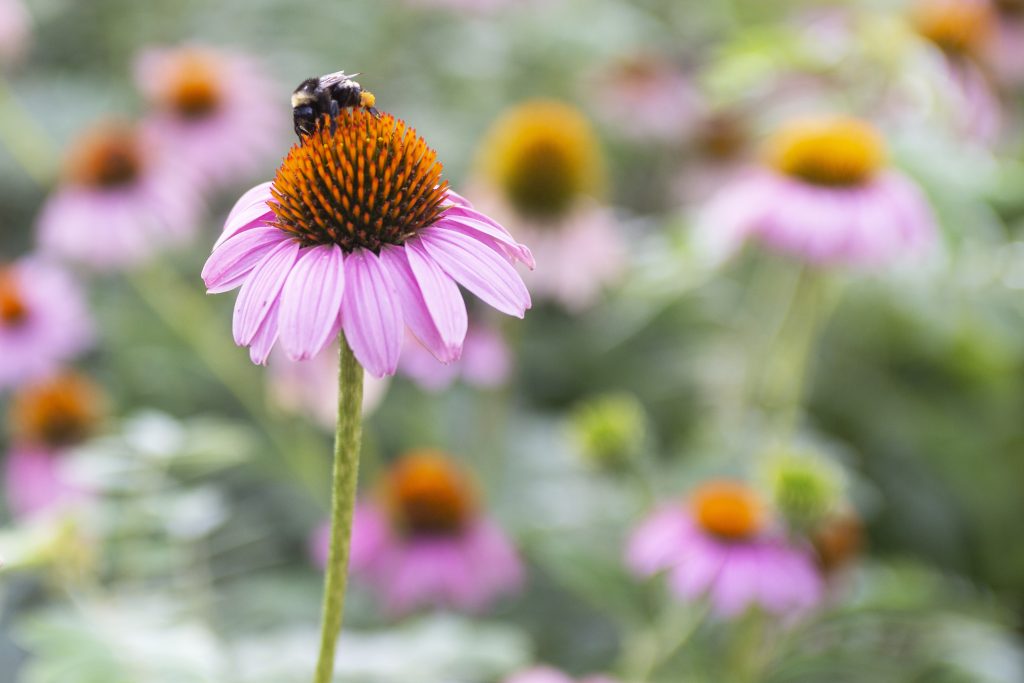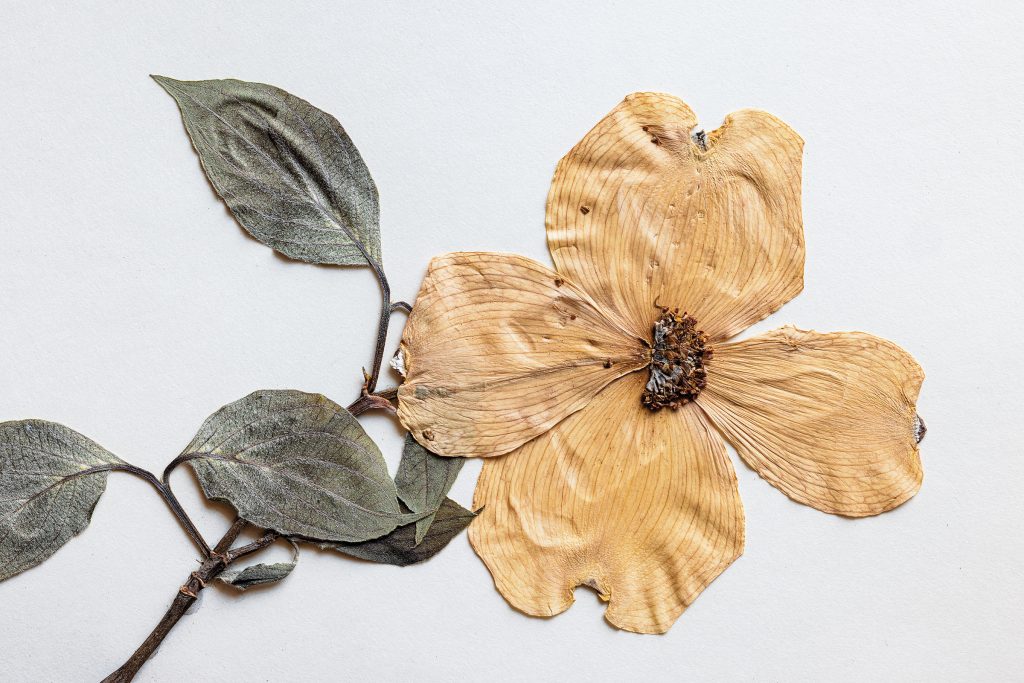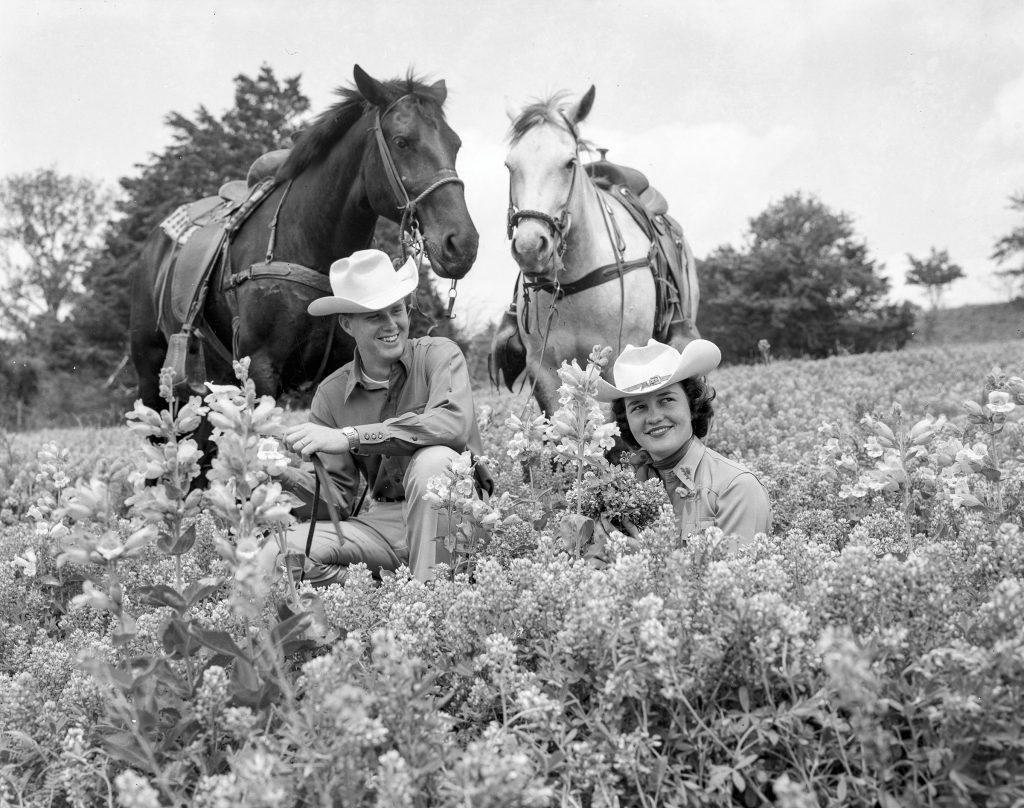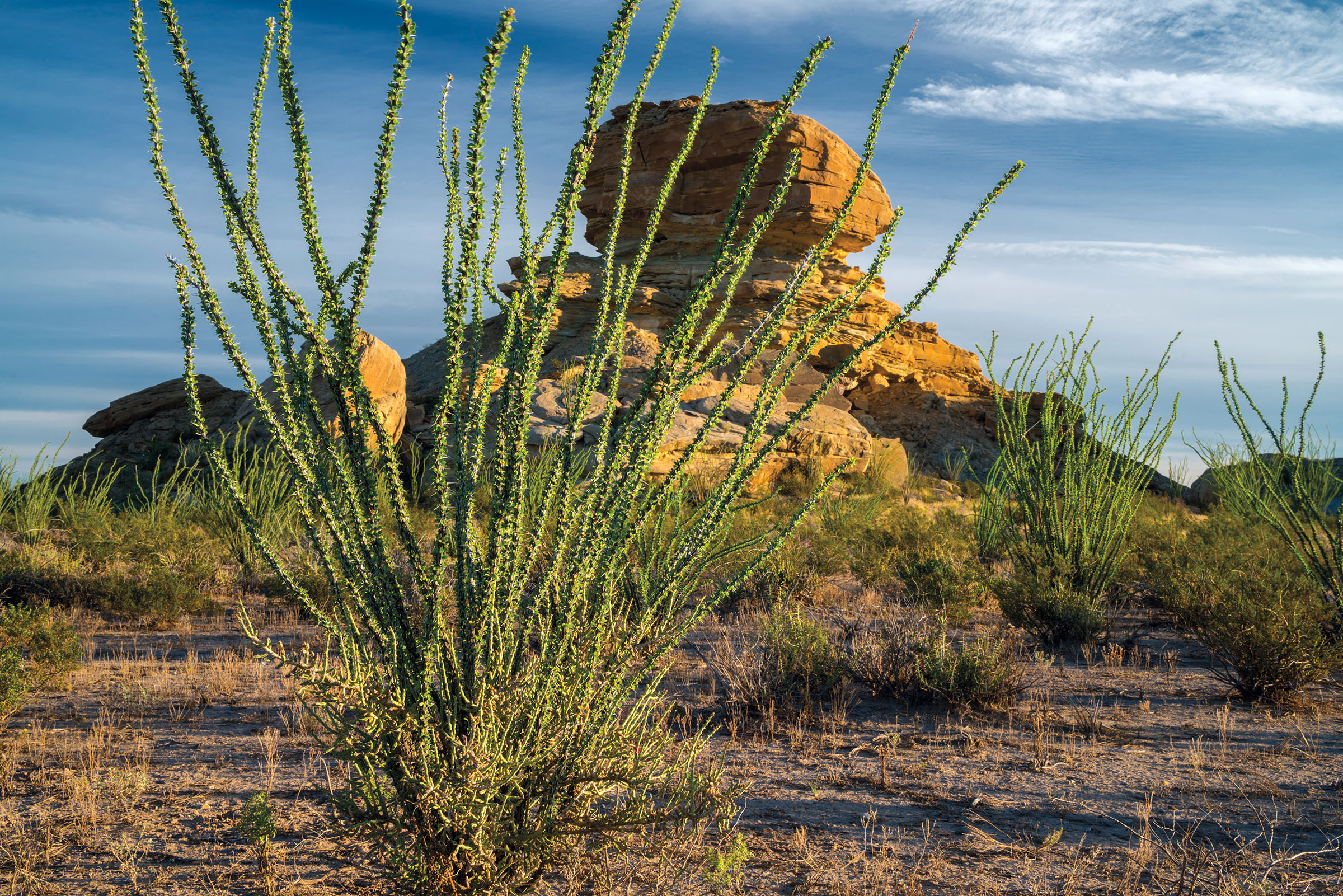
Wildflowers, like wisdom, are often found in the most unlikely places—formidable desert environments, for example. The Big Bend region of Texas offers some of the most unusual flowering plants in the state despite the scarcity of rainfall, temperatures often exceeding 100 degrees, and topsoil that resembles baked crust.
Among the nearly 1,600 native plant species found in the Big Bend, hundreds display vibrant blooms. This part of the vast Chihuahuan Desert also features one of the state’s longest blooming seasons. In addition to spring and late summer flowering periods (dependent on rainfall and elevation, and dominated by seasonal species), plants in the region start blooming in February and continue into autumn. This means you might find something in flower no matter what time of year you choose to explore.
Among the showstoppers, the early blooming desert marigold appears in March and, if moisture allows, continues flowering through November. It’s also one of the most prevalent flowers inhabiting the desert. The striking but diminutive member of the sunflower family grows just about everywhere in all elevations, including rocky slopes, sandy washes, and along roadsides. The deep yellow flower petals circle a central disc of equally yellow brilliance—all balanced on a skinny stem that grows up to 30 inches tall. Although the plant is toxic to some animals, its flower seeds are a favorite of desert dwellers like the black-throated sparrow.
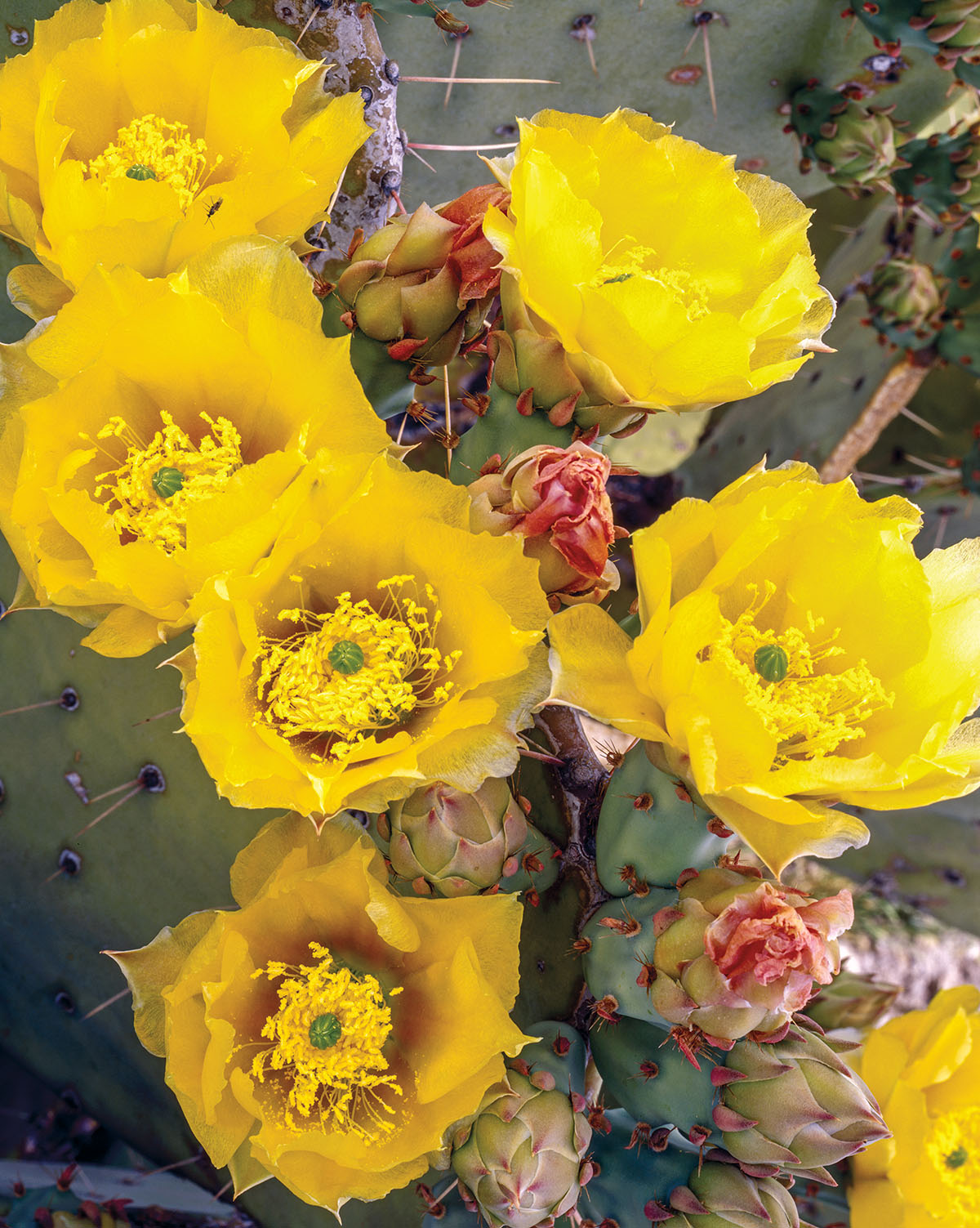
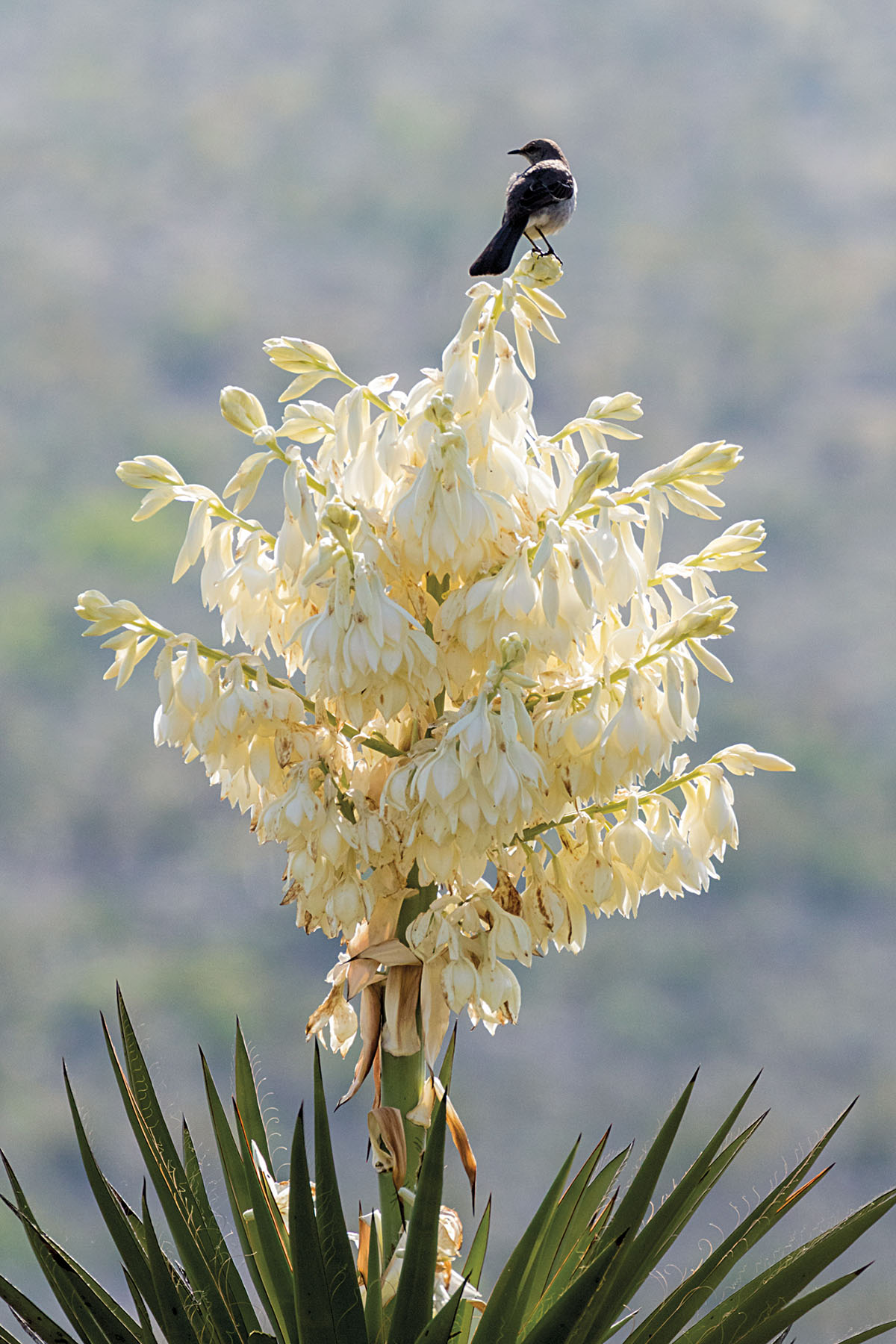
A heavenly scent accompanies the flowers of Acleisanthes longiflora, commonly known as angel trumpets. “The flowers resemble the long trumpets played by holiday angels,” says Fort Davis botanist Jackie Poole, who spent several years researching the plant because of its beautiful flowers. The small, luminous, cloud-white trumpets grow up to 7 inches long, opening at dusk and attracting hawk moths with their delicate fragrance.
“Only hawk moths have tongues long enough to get to the nectar reward at the base of the flower,” says Poole, a retiree from the Texas Parks & Wildlife Department. “In return, they pollinate the blooms.”
In the desert, you’re just as likely to find devils as angels, especially jimsonweed, an intoxicating member of the nightshade family. Also known as devil’s trumpet, jimsonweed has been used for centuries by different Native American tribes in their vision quests because of its narcotic properties. Painter Georgia O’Keeffe popularized the flower with her paintings of its bloom, an enormous bugle-shaped flower in lavender-white. The bushy plant, with leaves larger than a baby’s hand, can reach 3 feet in height and 5 to 8 feet across. It’s often covered in bulbous, spiny seed pods.
On the slopes of Mount Livermore in the Davis Mountains, Hinckley jacob’s ladder produces odd funnel-shaped flowers that are greenish and yellow, often with an infusion of purple; they hang like acrobats from a foot-long stem. If you see them, take a picture. They’re rare. For one biologist, they’re also a reminder of the hazards of searching for wildflowers in the wild.
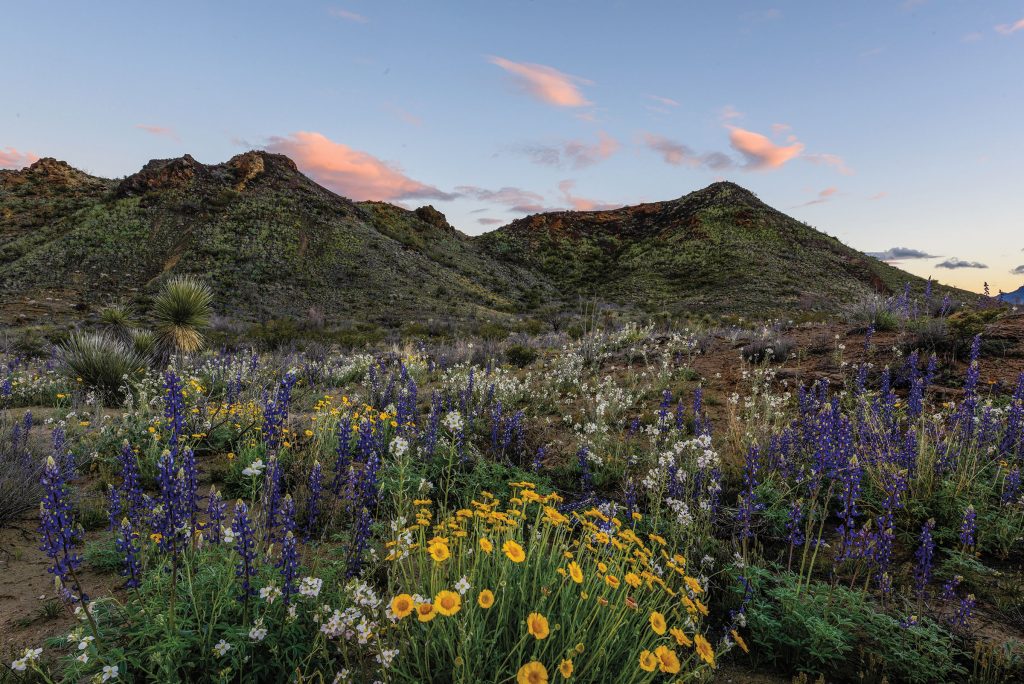
Big Bend Bluebonnets accent a scattering of wildflowers in the foothills of Big Bend National Park.
Photo: Rolf Nussbaumer
“We’d just found some Hinckley jacob’s ladder at Tobe Spring in the Davis Mountains when my husband, Dave, managed to step across a buzzing mottled rock rattlesnake,” Fort Davis biologist Linda Hedges recalls. “The snake was literally right between his feet.”
Dave managed to move out of the way before the snake had a chance to strike.
“Despite the surprises, I love scouting for Big Bend flowers,” Hedges says. “There’s the fun of seeing firecracker bush on the Fourth of July, Christmas cholla during the holidays, autumn sage in the fall, and ocotillo in the spring.”
The ocotillo and its flaming scarlet blooms are easy to spot. Whip-shaped, prickly branches, often up to 20 feet tall, emanate like candles from a candelabra. The plant’s tiny tubular red-orange flowers blossom in large, grape-like clusters from the tip of each branch. A forest of ocotillos occupies the western end of Big Bend National Park, populating both sides of FM 118 for several miles to Maverick Junction. Once in full flower, the fiery display sets the landscape ablaze.
Some wildflower sightings might require a little more effort and a lot more time. Hidalgo ladies tress is a rare and delicate wild orchid that occurs in Texas only in the highest elevations of the Chisos Mountains in Big Bend National Park.
“I encountered one in 2004, on a rocky forested slope high in the Chisos,” recalls Roy Morey, author of Little Big Bend: Common, Uncommon, and Rare Plants of Big Bend National Park. “Two weeks earlier, park rangers had identified another of these gorgeous orchids even higher in the Chisos. It had only been seen once before in the U.S., in 1931.”
In bloom, the orchid displays up to 15 small pinkish-white blooms with deep green stripes. The flowers line up along one side of a flowering stem that can reach up to 20 inches high. The plant has only a few long, slender leaves that disappear once the orchid blooms.
“I love navigating out-of-the-way places to search for flowering plants,” Morey says. “Solitude and seclusion are at your fingertips if you set your mind to it. And the best reward? A flower.”
Big Bend Staples
Jimsonweed
Find this big bad boy from June to October in wide, shallow washes, at the base of low desert hills, and on occasion, along roadsides. Despite its toxicity, the plant frequently appears as a garden ornamental. Poisonous to animals and humans, the plant was nonetheless used throughout the centuries in early medicinal remedies.
Photo: E. Dan Klepper
Ocotillo
These flowers usually bloom from March to June, in time to feed migrating hummingbirds. Considered the signature plant of the Chihuahuan Desert, ocotillos populate much of the lower elevations throughout the Big Bend. Flowers are edible and can be used to make a sweet and tangy tea.
Photo: E. Dan Klepper
Desert marigold
Frequently plentiful along FM 170 from Panther Junction to Presidio and throughout the Big Bend, the flower often hosts its own guest: the desert marigold moth, which cocoons in the flower head, shaping it into a ball.
Photo: E. Dan Klepper
Hinckley jacob’s ladder
Count yourself lucky if you find it, although it’s not an impossible task. Stick to the high elevations and shaded areas in the Davis Mountains between July and October. The Madera Canyon trail and the Nature Conservancy’s Davis Mountains Preserve are good places to start.
Photo: Alan Cressler, Lady Bird Johnson Wildflower Center
Hidalgo ladies tresses
Tackle a search for this rarity between May and July along high-elevation Chisos Mountains trails like Colima, Boot Canyon, and Lost Mine in Big Bend National Park. And good luck!
Photo: Alan Cressler, Lady Bird Johnson Wildflower Center

Sign up for our new wildflower newsletter
Sign up for our new email series all about the wildflowers of Texas! You will receive 8 emails (about one per week) about Texas' most abundant blooms, where to find them, and how they became so famous.
